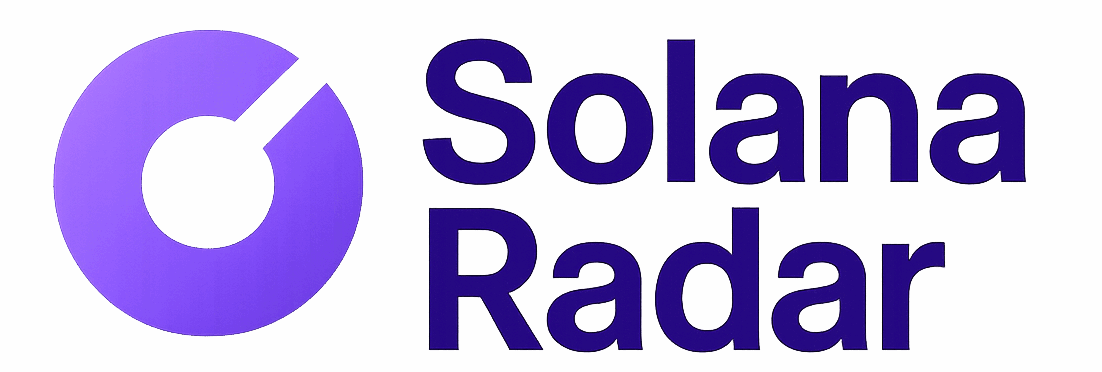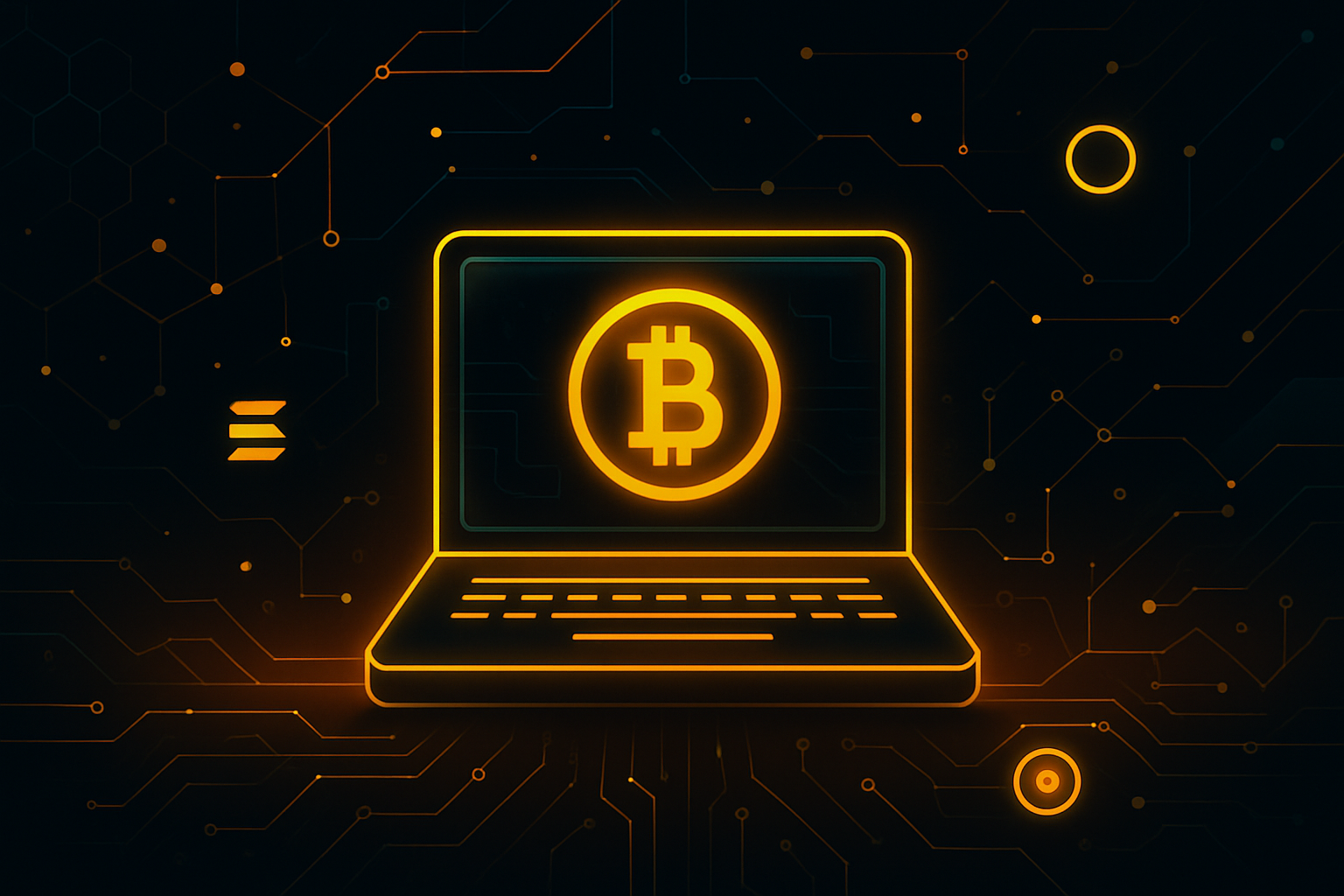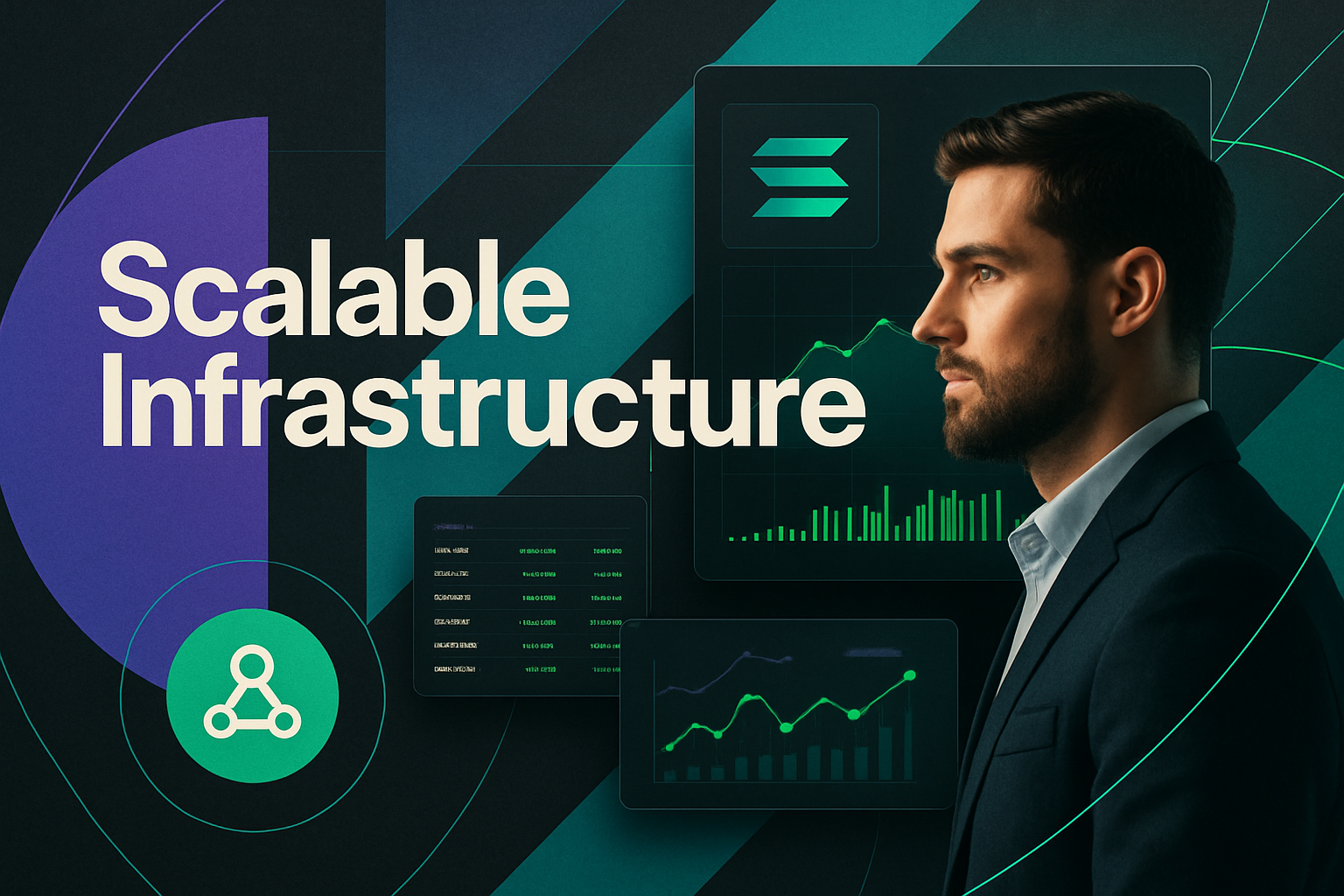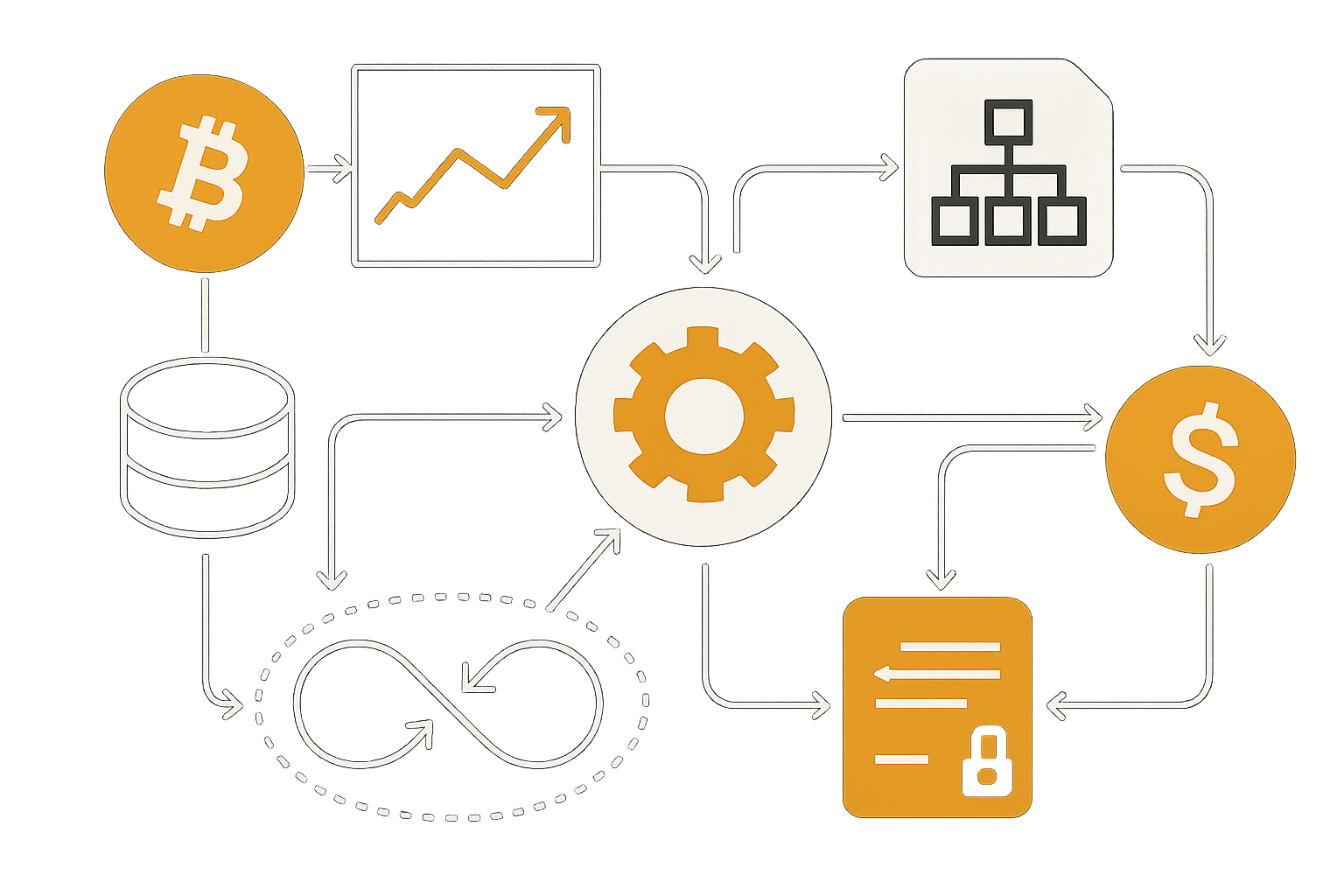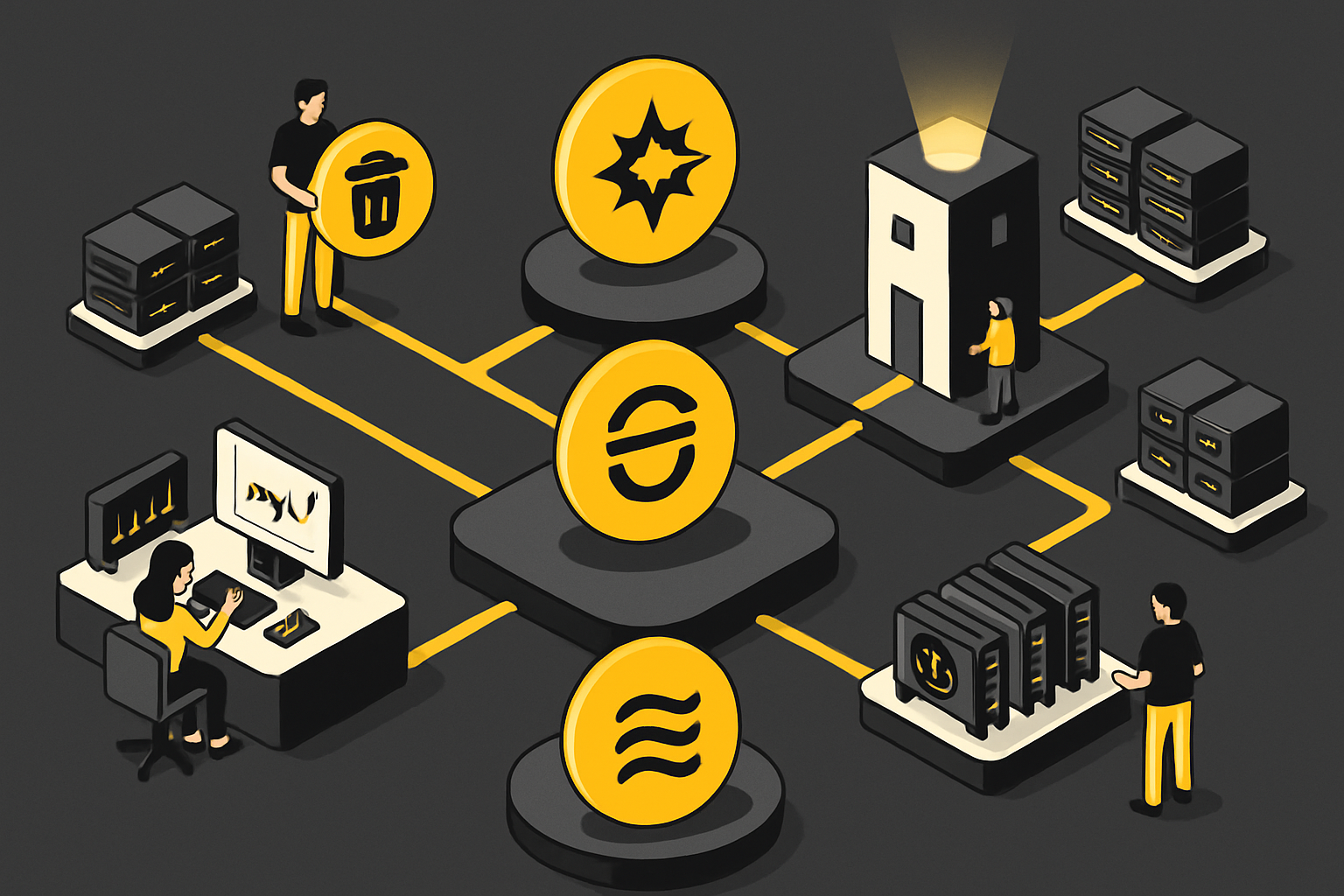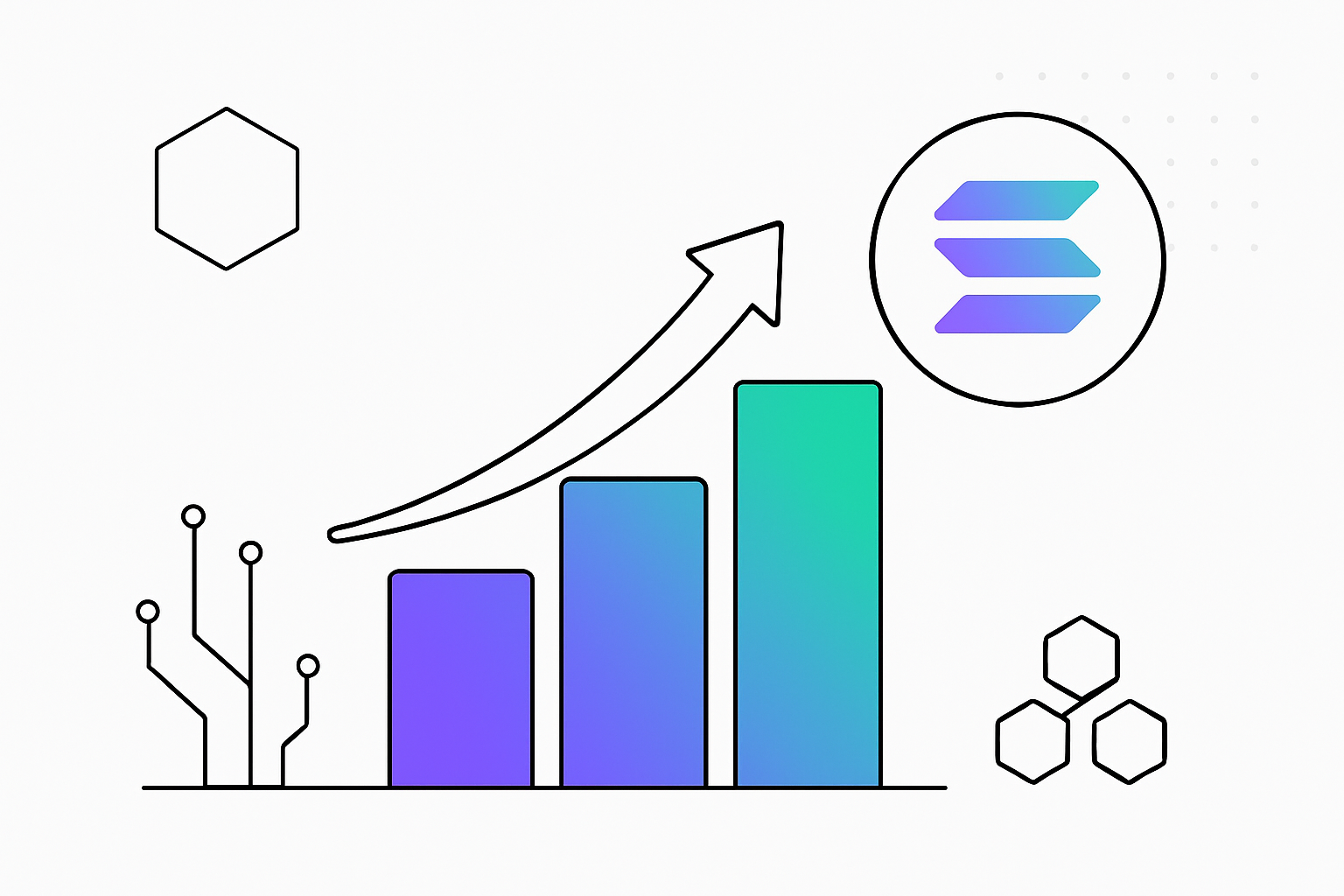How Realms v2 Is Transforming Solana DAO Governance: New Features and Visual Walkthrough
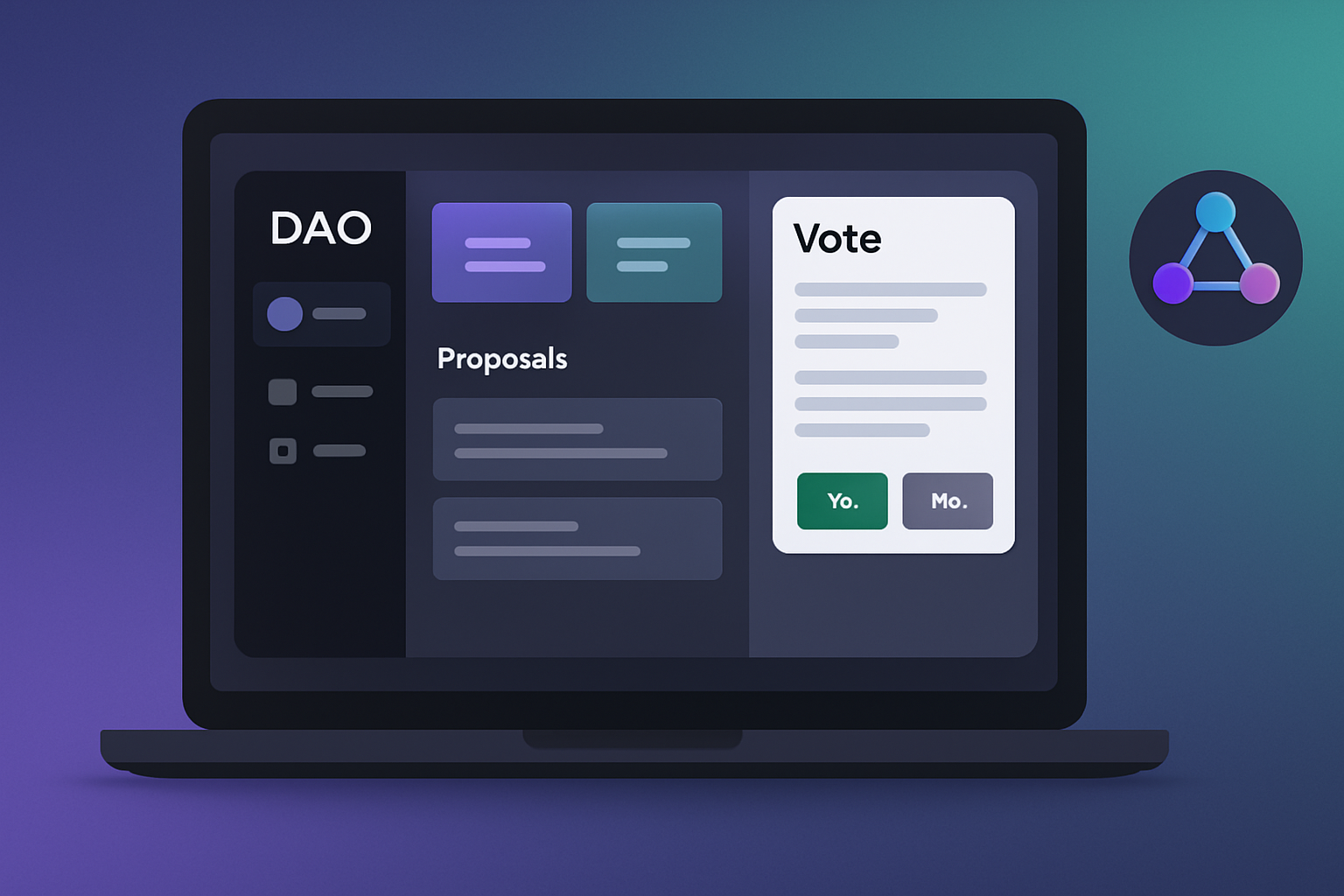
Solana’s DAO ecosystem is evolving rapidly, and as of July 2025, the Realms v2 upgrade stands at the center of this transformation. With Solana trading at $177.27, up 6.21% in the last 24 hours, attention is shifting from price action to what truly drives long-term value: governance infrastructure. Realms v2 is not just a facelift – it’s a fundamental rewrite of how decentralized organizations operate on Solana, offering a toolkit that balances technical flexibility with real-world usability.
Solana DAO Governance: Why Realms v2 Matters Now
Historically, DAO governance platforms have struggled to balance inclusivity, transparency, and efficiency. Realms v2 addresses these pain points by introducing a modular, plugin-based architecture, allowing DAOs to tailor governance models without forking codebases. This approach enables both seasoned developers and no-code creators to spin up DAOs with custom voting logic or treasury rules – all within a secure framework built on SPL governance.
The new Governance UI further simplifies participation by providing intuitive dashboards for proposal creation, voting, and treasury management. This is especially critical in Solana’s fast-paced environment where low fees and high throughput demand responsive decision-making.

Key Features Elevating Solana DAO Tools in 2025
Most Impactful Realms v2 Features for Solana DAOs
-
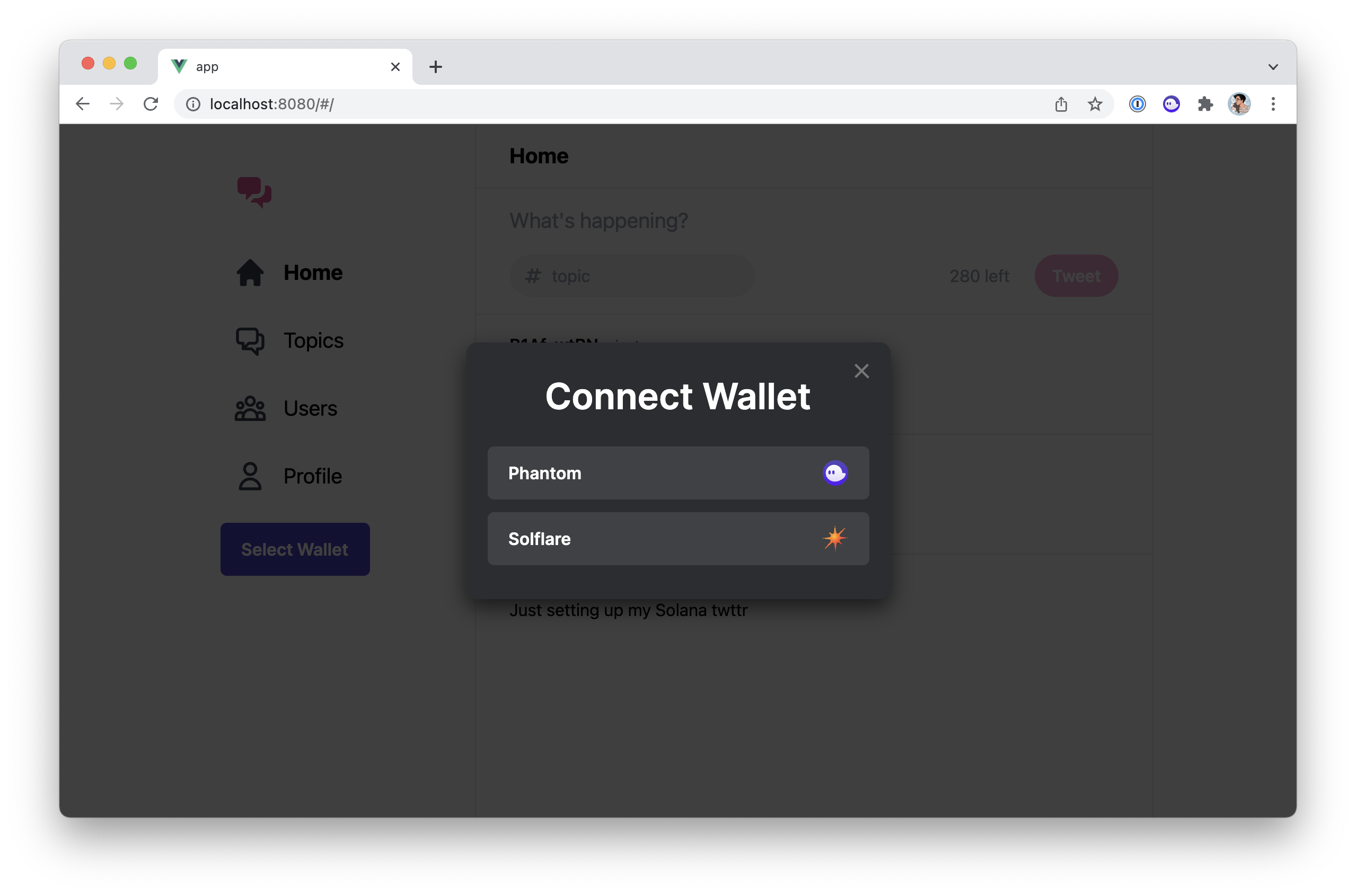
Modular, Plugin-Based Architecture: Realms v2 introduces a flexible architecture that lets developers add custom voting logic and governance plugins, enabling DAOs to tailor their governance without forking the entire codebase.
-
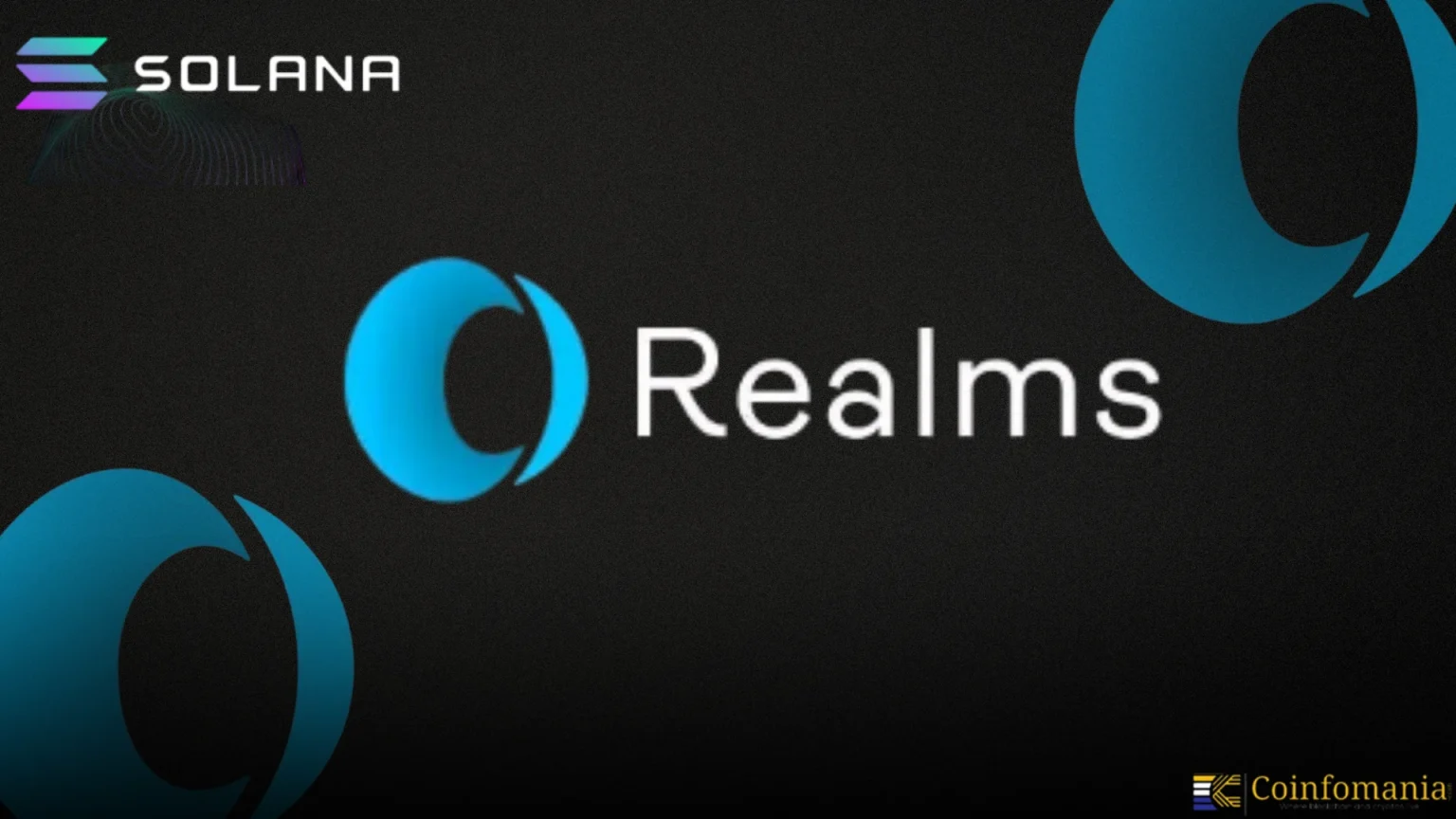
Enhanced User Interface: The updated interface offers intuitive tools for creating, managing, and participating in DAOs, making governance accessible even for users without technical expertise.
-
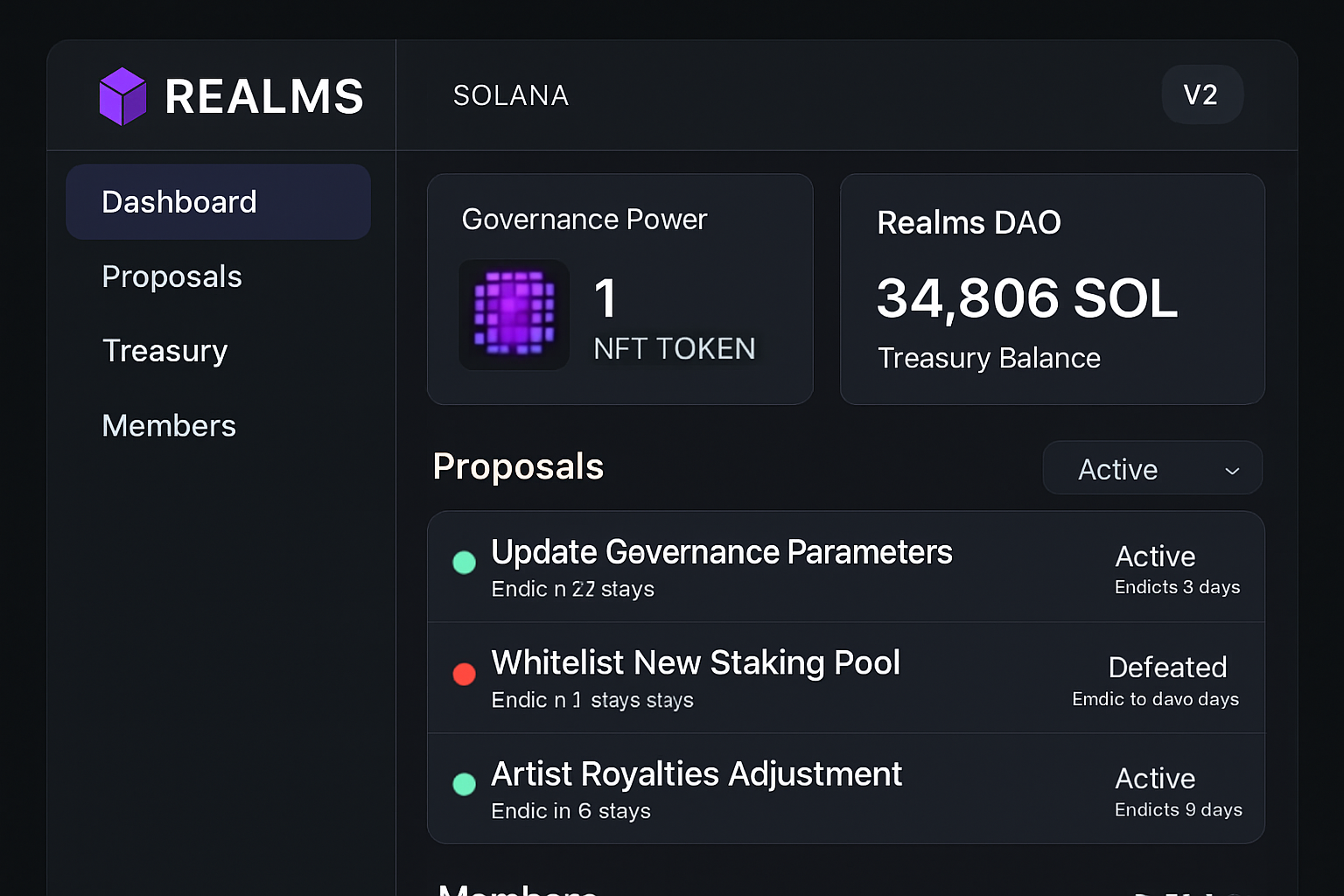
Support for NFT-Based Governance: DAOs can now use NFTs as governance tokens, allowing for innovative voting models and community engagement based on NFT ownership.
-
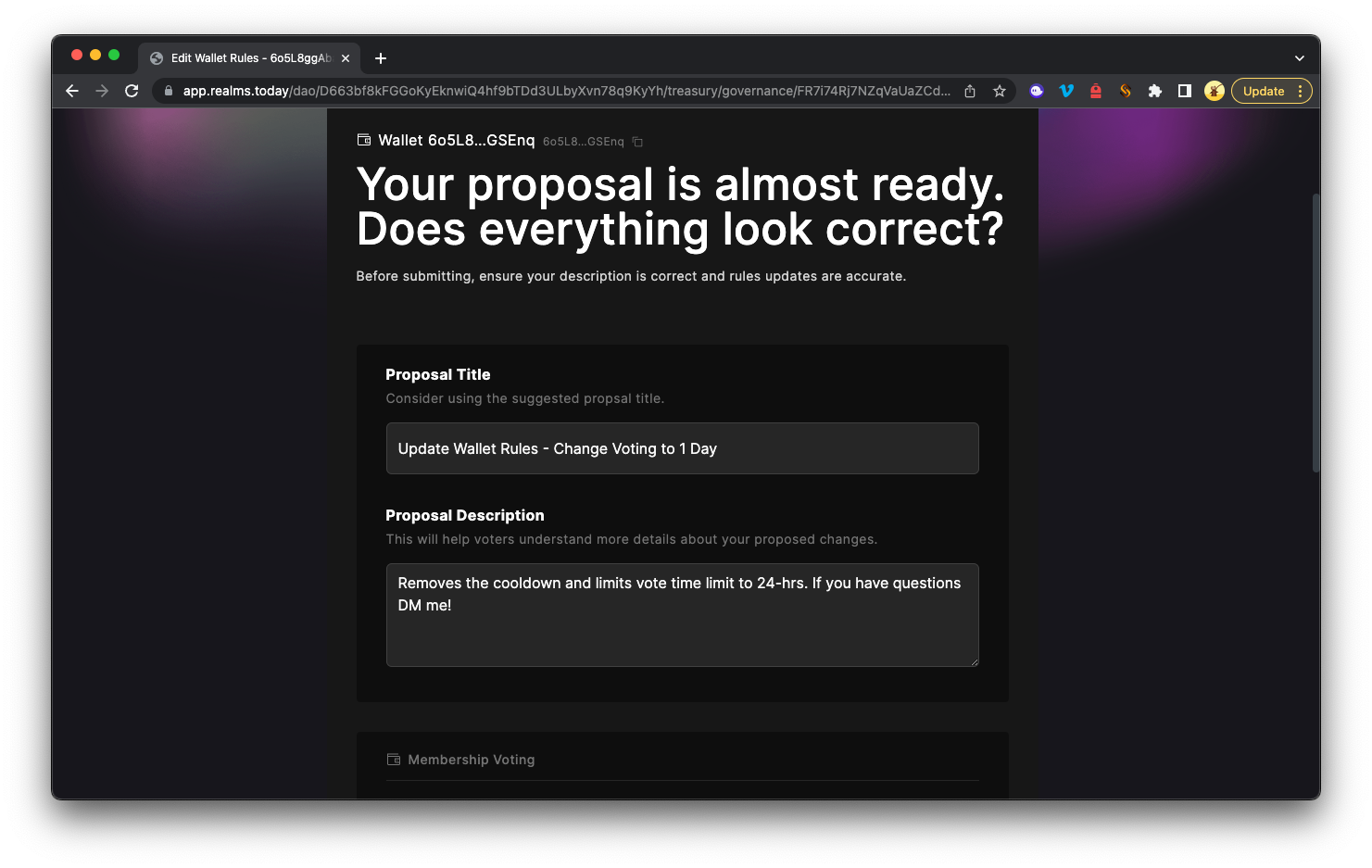
Multi-Choice Proposals: Moving beyond simple yes/no votes, Realms v2 enables DAOs to present members with multiple options, streamlining complex decision-making.
-
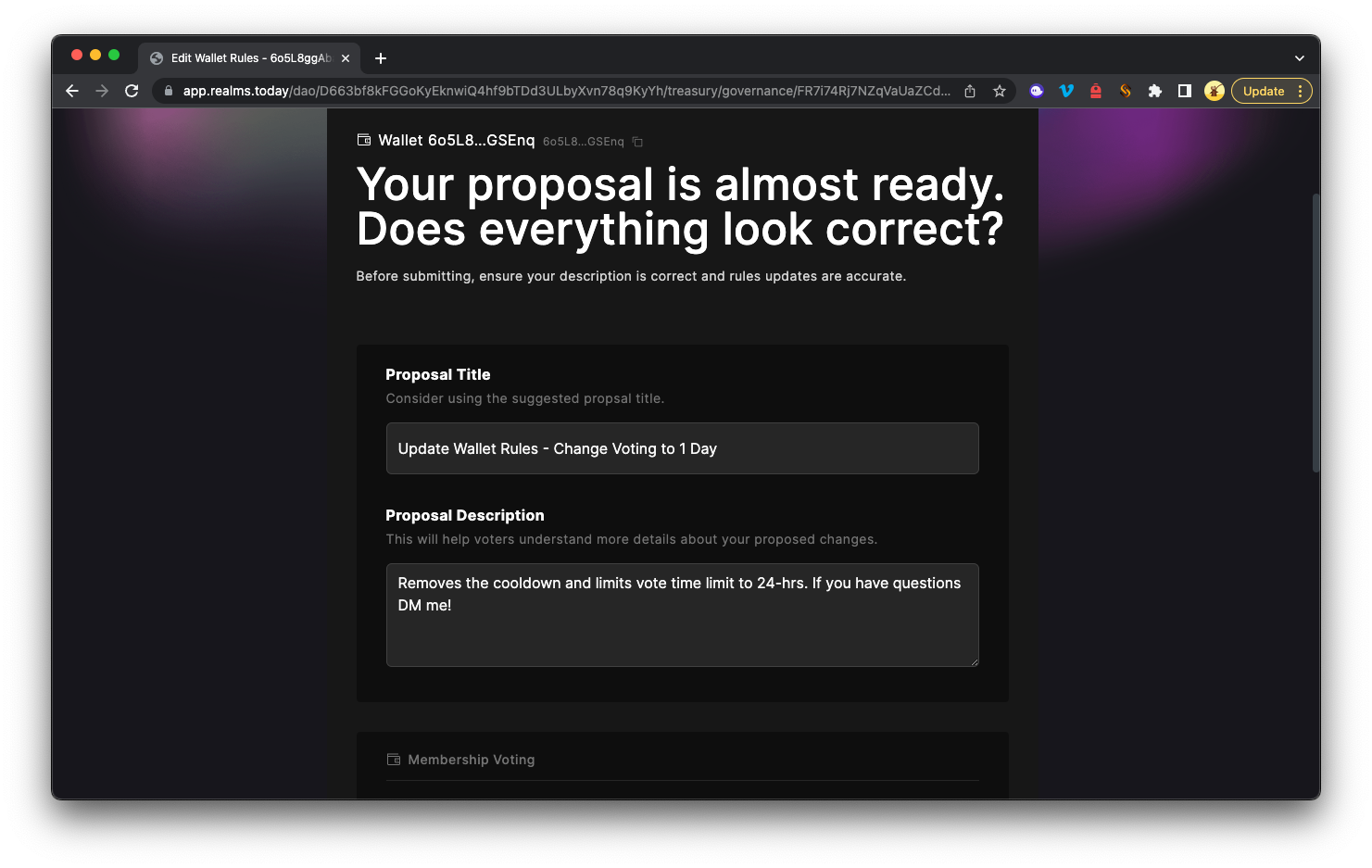
Comprehensive Treasury Management: Robust treasury tools allow DAOs to allocate funds, stake assets, and integrate with DeFi platforms, ensuring transparent and efficient financial operations.
-
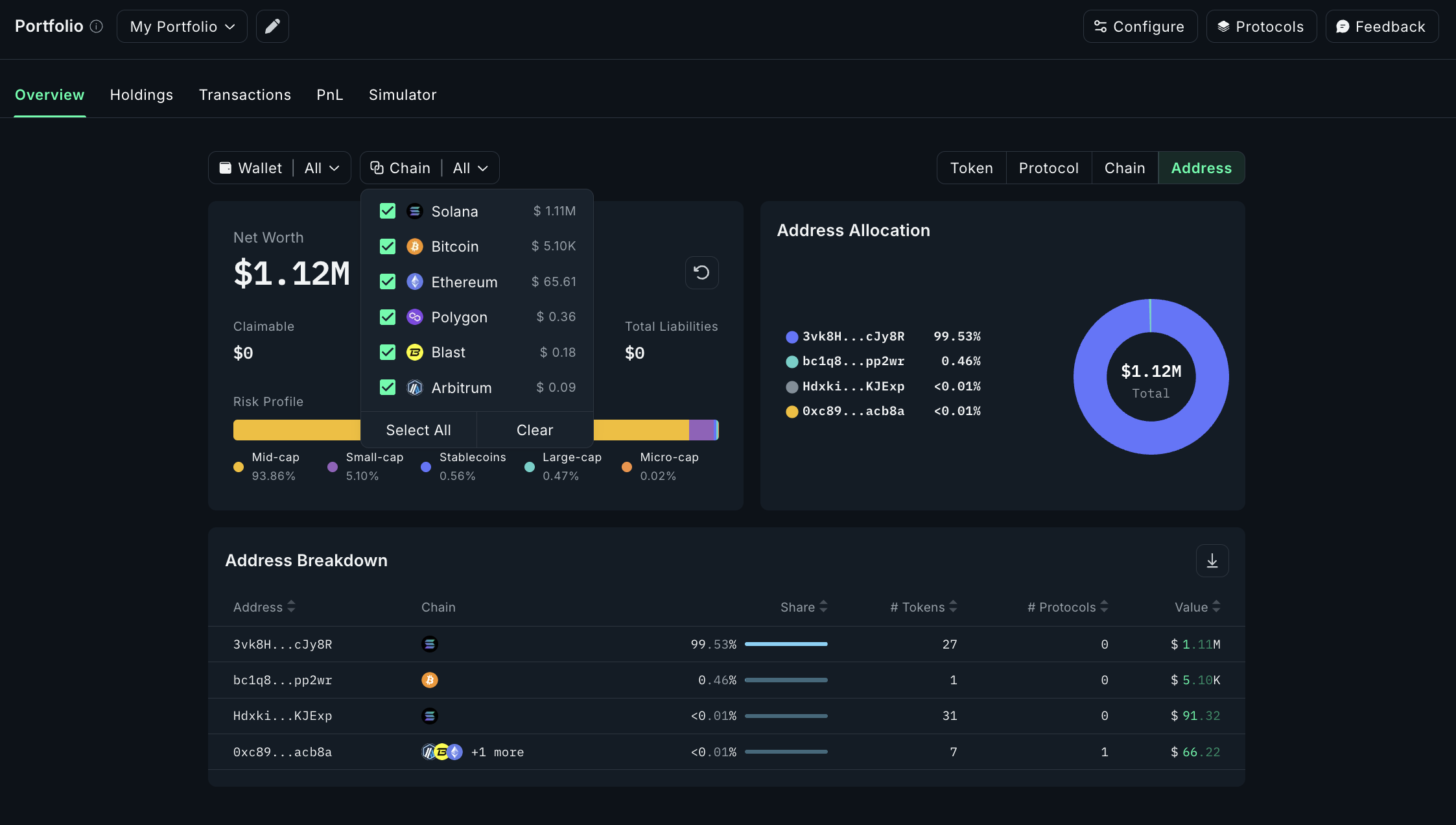
Notification and Analytics Integration: Realms v2 integrates with platforms like Dialect and Notifi to deliver real-time notifications and analytics, helping members stay informed and make data-driven decisions.
Realms v2 brings several headline features that set a new standard for open source Solana DAOs:
- NFT-Based Governance: DAOs can now assign voting power based on NFT ownership, opening doors for creative community structures beyond fungible tokens. Learn more about setting up NFT Community DAOs in the official documentation.
- Multi-Choice Proposals: No longer limited to yes/no votes, members can select from multiple outcomes, ideal for nuanced decisions like allocation strategies or roadmap priorities.
- Treasury Management: Comprehensive tools allow seamless fund allocation, staking integration with DeFi protocols, and transparent reporting, all visible within the updated DAO Wallets section.
- Notification and Analytics Integration: Partnerships with Dialect and Notifi deliver real-time alerts on proposals or treasury movements while analytics dashboards surface actionable metrics for DAO health.
A Visual Walkthrough: From Creation to Voting Power
The onboarding process in Realms v2 has been overhauled to lower friction at every stage:
Creating a DAO: Users start by choosing between Community Token or NFT-based governance models. The platform offers stepwise guidance, name selection, approval thresholds, council configuration, making setup accessible even for first-timers.
Earning Governance Power: After connecting their wallet (Phantom remains popular), users deposit tokens or NFTs to receive proportional voting rights. Delegation is straightforward; members can empower trusted representatives without relinquishing custody of assets.
This streamlined flow ensures that governance power isn’t bottlenecked by technical know-how, a crucial advancement as Solana’s user base diversifies globally.
The Impact: Lower Barriers and Higher Transparency
The combination of multi-choice proposals and transparent voting heat maps makes it easier for communities to reach consensus on complex issues while maintaining public accountability. Financial operations are similarly transparent thanks to real-time treasury dashboards, a necessity as treasuries grow alongside SOL’s market cap (see more here). In short, Realms v2 is transforming Solana DAO governance into an open canvas where innovation isn’t gated by code or capital but guided by clear incentives and collective intelligence.
With Solana DAO governance now empowered by Realms v2’s architecture, we’re witnessing a shift from rigid, developer-centric structures toward adaptive, community-first models. DAOs can experiment with governance plugins or NFT-based voting without compromising security or requiring deep technical resources. The result is a landscape where both grassroots collectives and institutional-scale projects can iterate on their governance frameworks as easily as updating a web app.
Moreover, the integration of notification and analytics tools closes the feedback loop between proposal creation and member engagement. Instant alerts about treasury withdrawals, new votes, or expiring proposals ensure that even passive members stay informed. This is especially valuable in Solana’s high-velocity ecosystem, where timely decisions can mean the difference between capitalizing on an opportunity or missing it entirely.
Case Studies: Realms v2 in Action
Several prominent DAOs have already migrated to Realms v2, leveraging its open source flexibility and robust treasury management:
- Drift DAO: By layering custom plugins for risk management and multi-choice voting, Drift has created a resilient framework for protocol upgrades and emergency interventions. Their experience provides a blueprint for integrating multiple governance modules without sacrificing agility.
- NFT Community DAOs: Projects like Famous Fox Federation now allocate voting rights based on NFT rarity tiers, encouraging deeper participation among collectors while maintaining transparency through public proposal logs.
- Ecosystem Funds: Treasury dashboards make it simple for grant programs to audit disbursements and enforce compliance with spending mandates, critical as Solana’s price hovers at $177.27, drawing in more institutional capital.
Challenges and Next Steps for Solana Governance
No system is without trade-offs. As Realms transitions some services to paid tiers, questions around decentralization and accessibility have surfaced (source). The key will be balancing sustainable platform funding with the ethos of permissionless participation that underpins blockchain governance. Community feedback mechanisms, now easier than ever to implement thanks to multi-choice polls, will play a pivotal role in shaping these policies moving forward.
The next frontier for Solana DAO tools in 2025 will likely focus on even greater composability: think cross-DAO collaboration modules, advanced timelock controls, and deeper DeFi integrations within treasury management flows. For now, Realms v2 sets the bar high by making sophisticated governance accessible to all, from first-time NFT minters to billion-dollar protocols.
Which Realms v2 feature most boosts your participation in Solana DAOs?
Realms v2 brings powerful upgrades to Solana DAO governance, including a modular architecture, NFT-based voting, multi-choice proposals, and advanced treasury tools. Which new feature do you think most encourages you to get involved?
If you’re considering launching a decentralized organization or upgrading your existing DAO structure on Solana, exploring Realms v2 should be your first step. Its blend of modularity, transparency, and user-focused design positions it as the reference standard for open source Solana DAOs heading into 2026.
